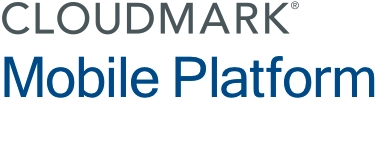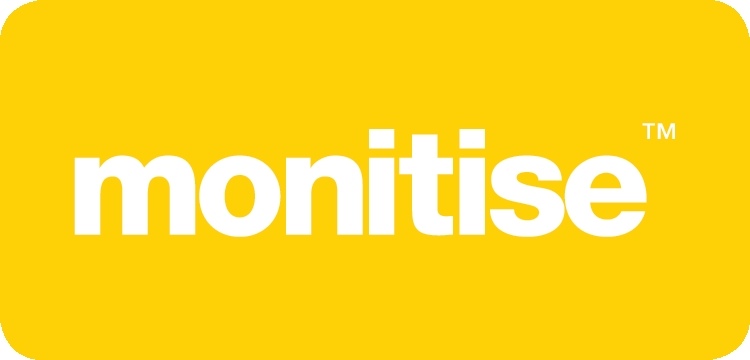Operators need to go where their customers are, even to deliver access to such “core” services as customer care and account information. That means building apps for websites where those customers are, such as Facebook, according to Roy Smeets, head of R&D for Nokia Siemens Networks BSS division.
Although there are already operator portals for customer care and self-care, as well as “Cloud-telephony” approaches which place subscriber controls, messaging and address books online (See FonYou), Nokia Siemens Networks this week launched an application that takes advantage of the influencing power of social networks, hoping it will allow telcos to find a new way to communicate with existing and potential new users.
Smeets told Mobile Europe that the company had developed an application that integrates a user’s Facebook account with NSN’s charging product, giving a Facebook app that would act as a customer self-care app.
In fact, although NSN has termed the app a customer care app, it appears to be rather more of a marketing tool and recommendation engine at the moment, with the actual care element quite limited in its functionality.
The app would allow users to recommend offers and promotions from their operator, adding the social aspect to the marketing promotions of the operator. No doubt there will be more of the actual “self-care” aspects added in time, if the operator thinks it would like to move that way.
So what sort of a job does Smeets think operators are making of interacting with their customers. “I’m a Vodafone customer, and I can’t see anywhere where I can interact with Vodafone within my social networks,” Smeets said. To be honest, I’m a Vodafone customer too, and neither can I. But nor am I sure I want to. A simple interaction from within an easily found icon/portal/app on my own phone would be enough – with the option to move to a call with a real human, if possible. I don’t really want my operator chasing me around social networks, asking me to like and recommend things, and then having the cheek to call that a self-care app.
Funny that Smeets should mention Vodafone, though. This week the operator informed customers of its Vodafone 360 services that it would be closing all its 360 services by the end of the year. Although 360 is viewed as a monumental flop, and its closure an irrelevance to most, it’s worth pausing a little over this event.
Take away the aspects of 360 that always seemed liable to limit it (LiMo OS on the launch devices, limited functionality on other devices, wobbly sync) and look at the core aspect – a networked address book integrated with social networks.
This connected address book as the core of service enablement is the vision behind RCS as well, and it is often proposed as one of the key operator advantages in fending off the OTT and device-based service providers. With the launch of iMessage and iCloud, the operator advantage – connectivity, interoperability — was to be crucial.
Perhaps the downfall of 360 was that it didn’t connect to very much. The goal of RCS is to enable to open, interoperable rich communications, across networks and communities. 360 was, despite Vodafone’s best intentions, another form of a closed community.
However, a note from Vodafone said the operator currently had no plans to continue with the integrated, social address book approach. As the operator is committed to launching RCSe based services within the next year, then we seem to be faced with two options. One, the operator has ceded this ground to the OS and device players, and will not deliver meaningful RCSe service. Secondly, it will introduce RCSe, but doesn’t want it connected to the failure of a previous connected address book approach.
As Vodafone moves on, seemingly kissing goodbye to an incredible amount of sunk investment, it’s also worth noting that much of the work that went into aspects of 360 were moved forward into the APIs and specifications for the WAC. Vodafone said that its Shop (Vodafone’s app store, to which developers can publish WAC widgets, for instance) would be staying open, under a different guise.
Decisions like these this do have a wider impact on operators. The Vodafone Forums had one customer of 20 years’ standing indicating this was the last time he would see a service closed on him. Even the pages and inbox of Mobile Europe, a title that is in no way consumer facing, carried queries from customers wondering what the 360 closure meant, and expressing frustration with Vodafone for the handling of the service.
Finally, have a read of these comments:
“Some carriers have missed a trick with mobile operators. The smaller guys come out with things that are more innovative. The big players could do better.”
“They talk and present and push their products but we need them to listen to us more.” “Definitely some carriers are more attuned to customer needs than others that we find are only focused on their own priorities.”
Are these customers bemoaning mobile operators? In fact, no. These are the comments of mobile operators themselves, moaning to Ovum about the service they receive from their wholesale carrier providers. How sweet when the boot is on the other foot!
Keith Dyer
Editor
Mobile Europe







 It said that the sequential decline in net sales in the third quarter 2011 was driven primarily by industry seasonality as well as some impact from the current macroeconomic uncertainty, offset by the contribution from the acquired Motorola Solutions networks assets. Excluding the acquired Motorola Solutions networks assets, Nokia Siemens Networks’ net sales would have decreased 12% sequentially.
It said that the sequential decline in net sales in the third quarter 2011 was driven primarily by industry seasonality as well as some impact from the current macroeconomic uncertainty, offset by the contribution from the acquired Motorola Solutions networks assets. Excluding the acquired Motorola Solutions networks assets, Nokia Siemens Networks’ net sales would have decreased 12% sequentially.
